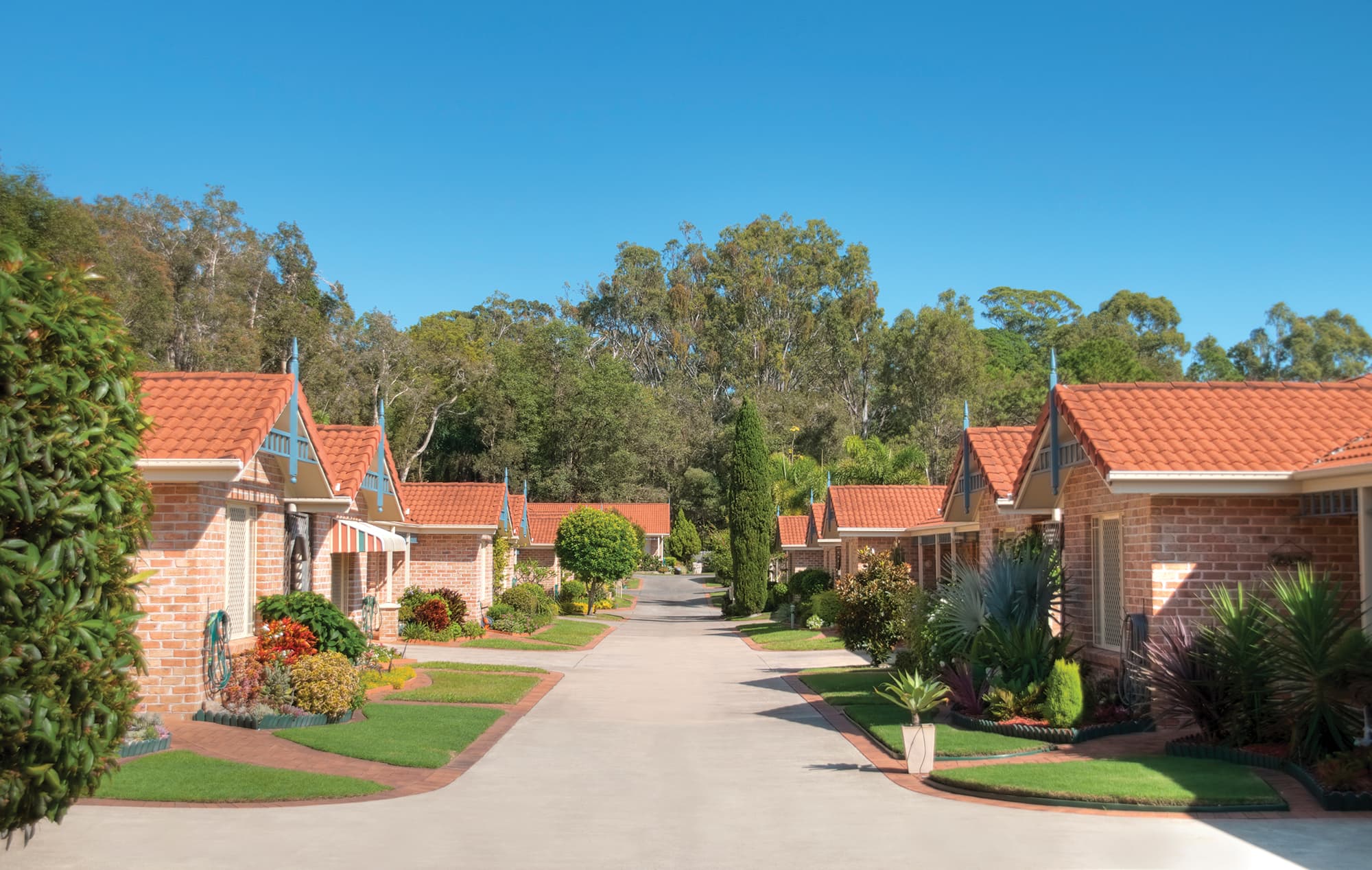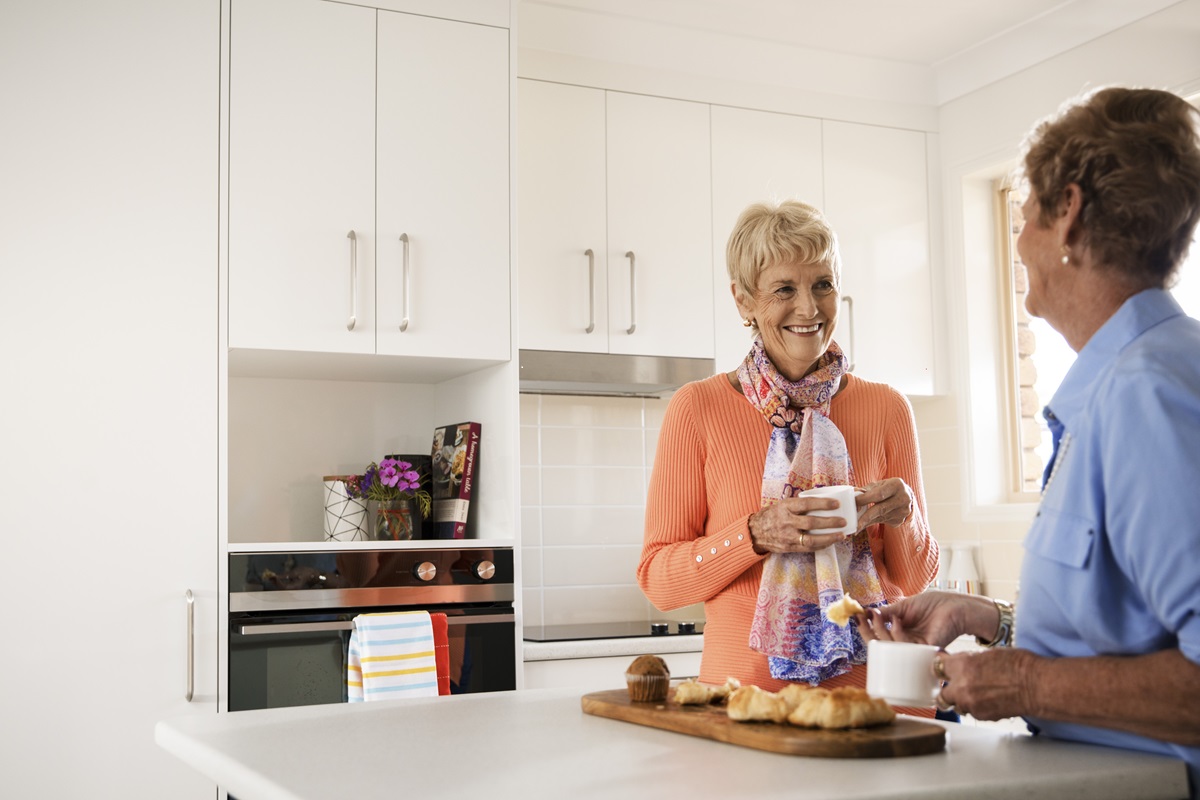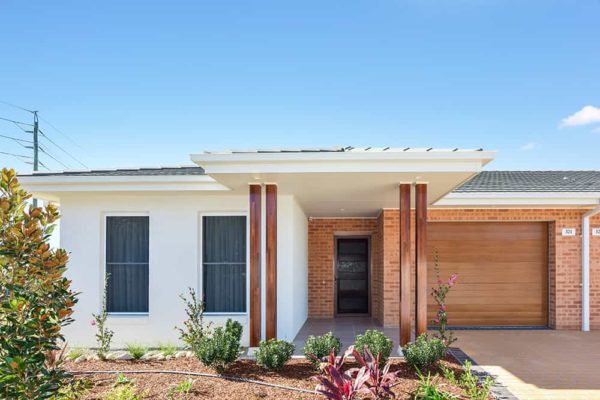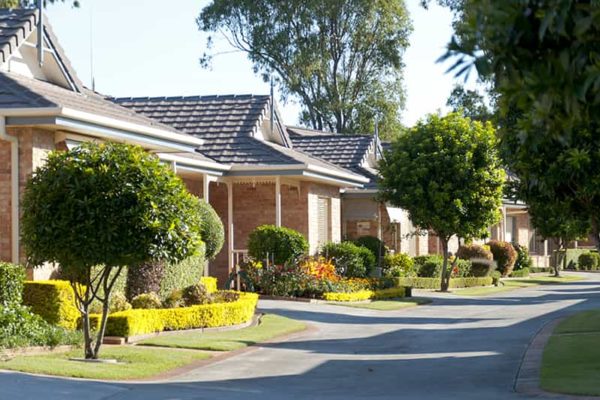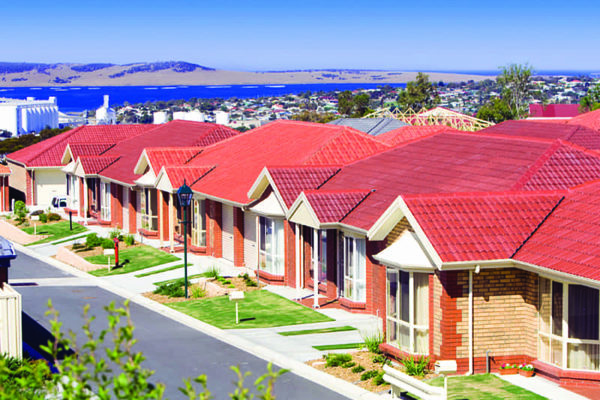Baby boomers–and their families–have been the makers of our suburbs. Raising their families and dedicating their spare time to community projects and groups, they have created communities that have ensured our suburbs thrived, even when the living in the 'burbs wasn’t cool.
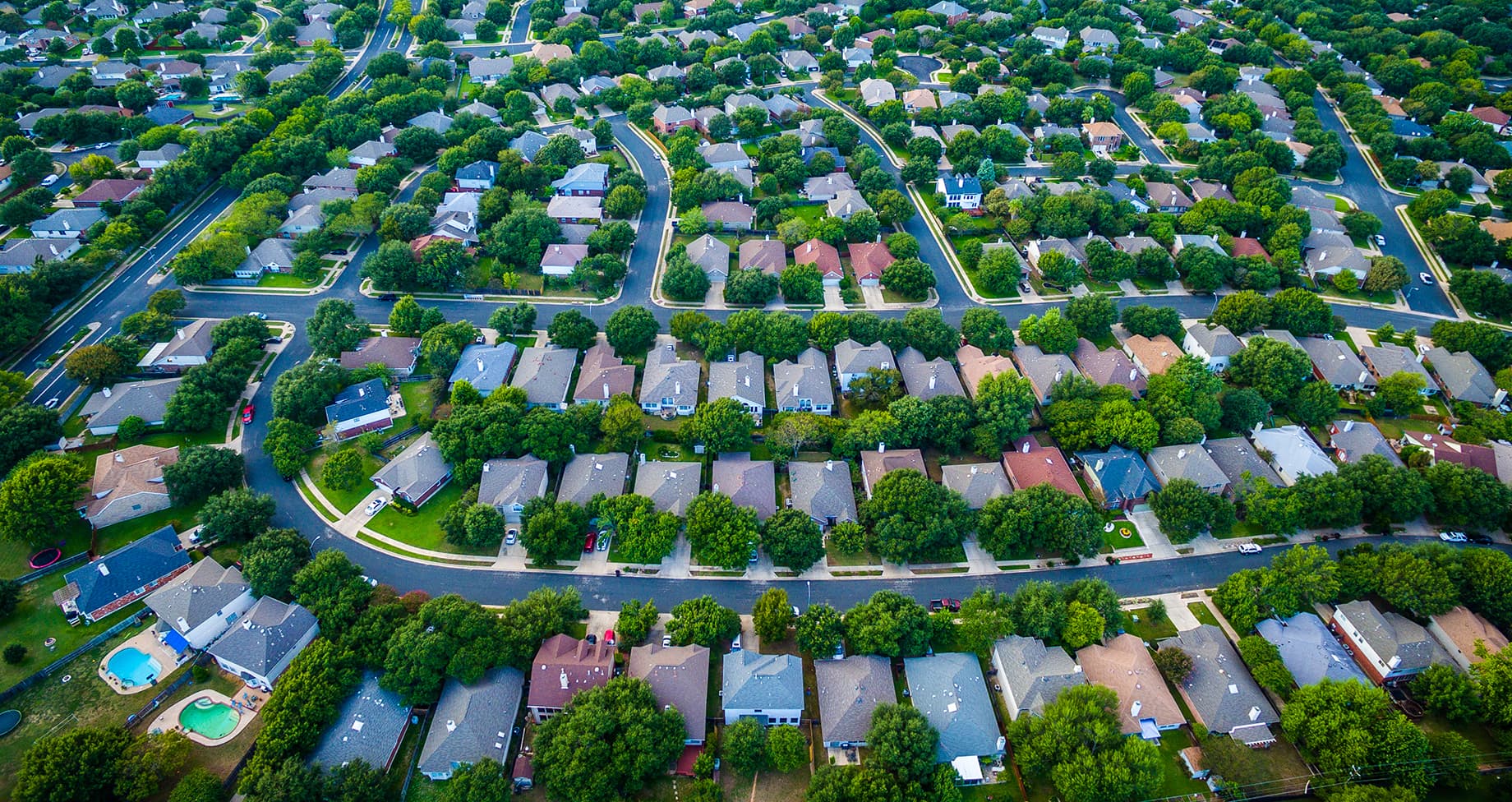
Now, as the baby boomers age and live longer than any generation before them, their housing needs are changing as well. For many, the suburb they know and love is still the perfect place to call home. RetireAustralia and other leading retirement village owners, operators and developers are working to ensure appropriate housing will be available for them.
Housing to meet the needs of ageing Australians
Retirement village residents are not usually 65 years of age. For example, the average entry age of residents to our villages is 78, and the average of our more than 5,000 residents is 82.
Older people have unique housing needs different to those of the wider community.
More than other groups, older people are prone to isolation as they lose the informal social connections afforded to those in the work force or raising families.
Safety, security and maintenance become worries for older people, and their families, who are often called upon to offer the additional support their loved ones need.
Retirement villages offer a unique housing option combining design that will meet the physical needs of older people, a low-maintenance lifestyle that reduces worry and frees residents up to participate in activities they enjoy, and a social setting that brings people of the same stage of life together, providing greater opportunities for the social interaction that is often missing for many.
Supply and demand due to the ageing population
Over the next 30 years, it is projected that the number of Australians aged over 65 years will double, from 3.7 million in 2016 to 7.4 million.
With 5.7 per cent of people aged over 65 years currently choosing retirement villages as their homes, we will need to double the number of retirement dwellings to 400,000 as the population grows over the next 30 years. With changes to the Federal Government’s care policy direction it is estimated that penetration of seniors housing will increase from 5.7 to 7.5% over the same period, which would mean that in reality more than 550,000 dwellings will be needed by 2045.
To meet this kind of demand, the Australian retirement industry needs to be building between 8,000 and 11,000 retirement village dwellings per annum, each and every year.
As the fourth biggest operator in Australia, RetireAustralia’s development pipeline comprises 1,100 units, to be delivered at 200-300 per annum.
Housing diversity should include the needs of older Australians
Retirement operators have only just begun planning and responding to the changing needs of the ageing population. At the heart of the issue is the search for sites that will ensure older Australians continue to have a place in our suburbs, and not just on the urban fringe where land is more readily available.
Governments are starting to respond through policy and planning to facilitate development of appropriate seniors housing.
As the shape and fabric of our suburbs flex and change to respond to the changing needs of the community, it is more important than ever that we consider how the needs of older Australians will be woven in.
The future of suburbia should ensure a quality place for all Australians, including older Australians, where they can remain in the communities they helped shaped and grow – where they have their existing social structure and friendships, their shopping precincts and the necessary medical and other professional services available to them.
Read more about developing our urban spaces in UDIA’s establish magazine.
